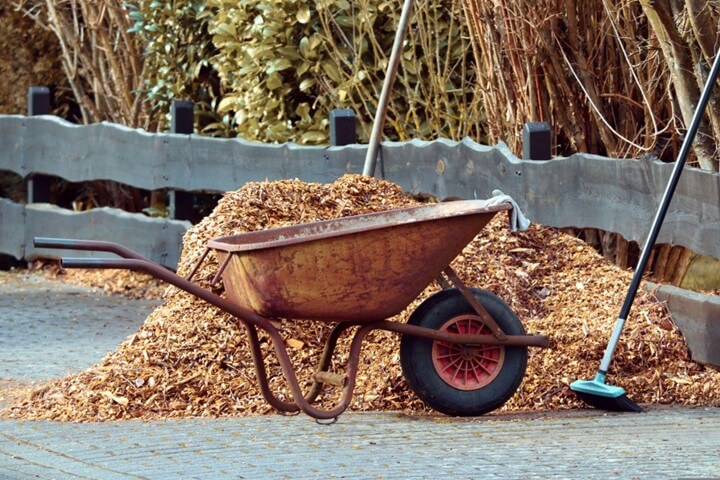
Everything You Need to Know About Mulch
Have you ever noticed that the soil in your garden or farm needs to be improved? Or perhaps you’ve noticed an unexpected surge in weed growth on your property? If so, then mulching may be just what you need. But how does it work? What are the benefits? And how do I apply? Stay with us. You’ll learn these and more from this post.
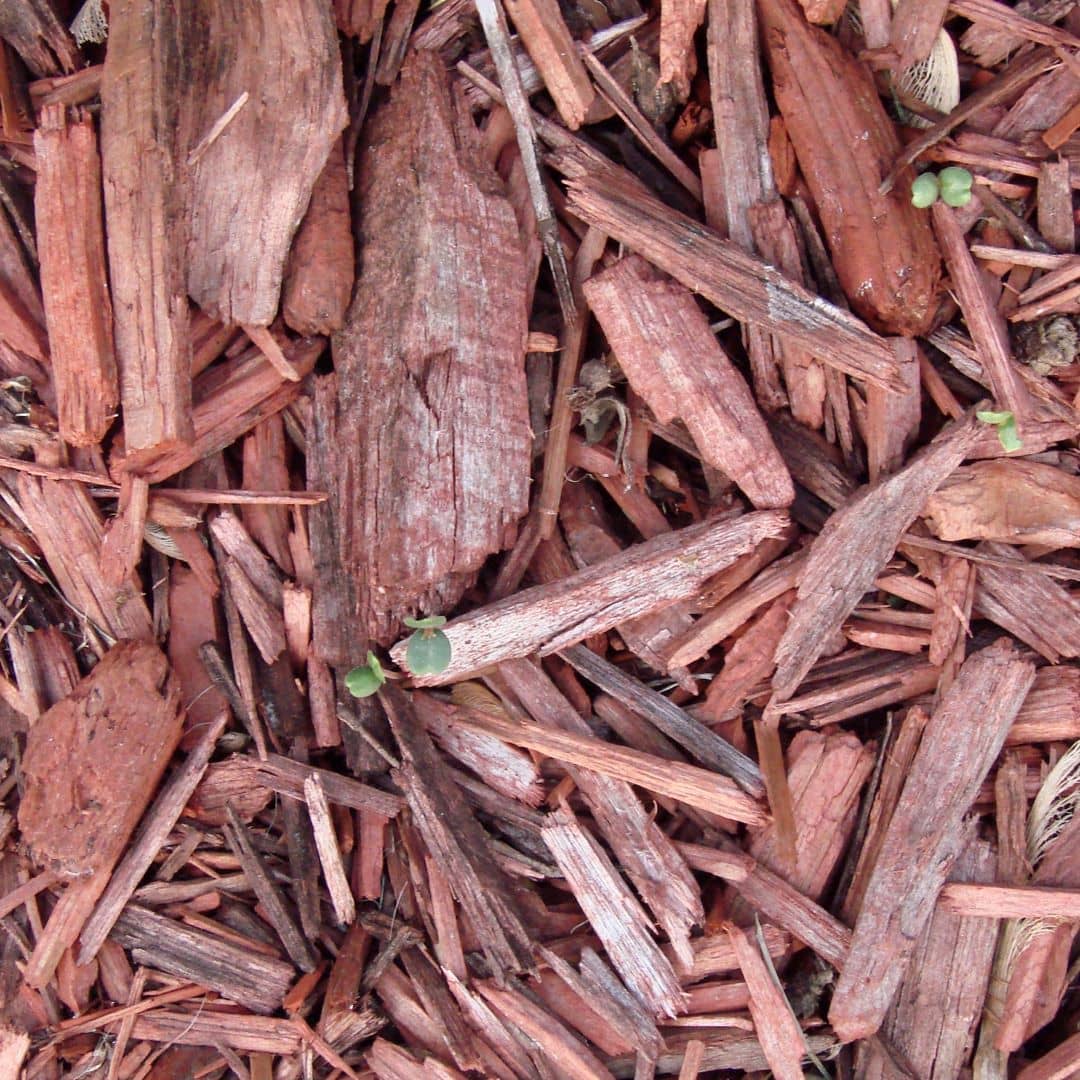
What Is Mulch?
Mulch is a material that is applied to the soil’s surface to protect, insulate, and improve plants’ health. It’s usually made of organic materials like leaves, grass clippings, straw, or bark, but it can also be made of inorganic materials like gravel or plastic. When used correctly, can help regulate soil temperature, retain moisture, and suppress weed growth. It also degrades over time, adding nutrients to the soil and improving its structure. In addition to its practical benefits, it can improve the appearance of garden beds and landscaped areas.
How to Choose
Choosing the right mulch type for a specific application is critical, considering factors such as plant species, soil type, and climate. Finer mulches, such as compost and shredded leaves, are best for vegetable gardens and annuals, while coarser materials, such as bark chips and straw, are better for shrubs and perennials. Mulch’s effectiveness is also dependent on proper installation. It should be applied in a thick layer, avoiding direct contact with plant stems and trunks. It may need to be topped up or replaced over time to maintain its benefits.
Why Use Mulch?
Retention of Moisture. Mulch helps to keep soil moisture in place, which reduces the need for frequent watering. This is crucial during hot and dry periods when plants are more prone to water stress. Mulch acts as a barrier, preventing water from evaporating from the soil’s surface and assisting in preserving soil moisture.
Weed Management. Mulch inhibits weed growth by preventing sunlight from reaching weed seeds and thus inhibiting germination. This means less weeding time and effort and a more aesthetically pleasing landscape.
Soil Quality. Mulch improves soil health by providing organic matter as it decomposes, which feeds beneficial microorganisms and improves soil structure. Healthy soil is the foundation of healthy plants, and mulch can help to support the soil ecosystem.
Temperature Control. Mulch helps regulate soil temperature by insulating it, keeping it cooler in summer and warmer in winter. This can be particularly important for sensitive plants, which may suffer damage from extreme temperature fluctuations.
Erosion Control. Mulch helps to prevent soil erosion by reducing the impact of raindrops on the soil surface, which can cause soil particles to be displaced. This is particularly important on sloped sites, where erosion can be more severe.
Aesthetics. Mulch can enhance the appearance of garden beds and landscaped areas, providing a finished look that can improve the overall visual appeal of your property. These products come in various colors and textures, allowing you to choose a look that complements your landscape design.
Be careful not to use an excessive amount of mulch, as it can interfere with layer decomposition and hinder root growth. The soil can become so compacted preventing water and nutrients from reaching the roots. You can avoid this by removing most of the old mulch and adding fresh layers yearly. It’s best to keep your mulch around three inches deep and away from tree and shrub trunks.
How it works
Mulching works by providing several benefits to the soil and plants. By reducing water evaporation, the mulch layer helps retain soil moisture. This reduces the frequency of watering. This moisture retention can also keep the soil cooler in hot weather, protecting plant roots from heat stress.
Mulch can also act as an insulator. This keeps the soil warmer during cold weather. This can help to tend the growing season for plants, enabling them to thrive in harsh conditions.
It can also suppress weed growth by blocking out sunlight and reducing the number of weed seeds that reach the soil. Additionally, as the organic mulch breaks down over time, it can improve soil fertility by adding nutrients.
Types of Mulch
Mulch is classified into two types: organic and inorganic. Examples are chopped leaves, straw, grass clippings, compost, wood chips, shredded bark, sawdust, pine needles, and even paper. On the other hand, the lack of plastic and geotextiles are examples of inorganic mulches (landscape fabrics).
Curious to understand these types better? Let’s dive deeper.
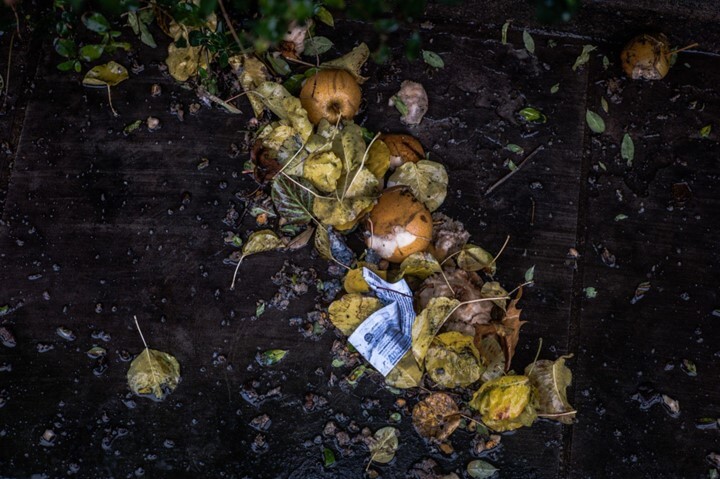
Organic
Bark. This is a common type of organic compost made from tree bark. It comes in a variety of sizes and has a long lifespan.
Leaf. This is a great source of plant nutrients because it is made from shredded leaves. It is also simple to obtain because it is made by collecting and shredding leaves from your yard.
Grass Clippings. Grass clippings are a popular type of organic compost found in most gardens. It is a good source of nitrogen and can help improve soil fertility.
Straw. Straw is a byproduct of grain products. It is also an excellent source of nutrients for plants and can aid in the reduction of soil erosion.
Organic Compost. The decomposition of organic material creates this type of organic mulch. It is an excellent source of plant nutrients and can improve soil fertility.
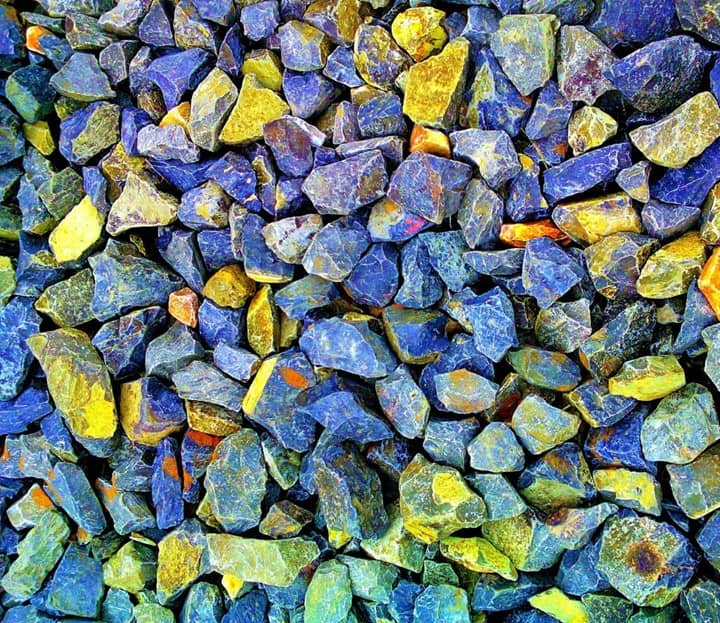
Inorganic Mulch
Gravel and Rocks. Inorganic mulches such as gravel and rocks are popular in landscaping. They do not decompose and therefore have a long lifespan. They also allow water to penetrate the soil, which helps to reduce erosion and conserve moisture. However, they do not provide nutrients to the soil and may heat it if the sun is directly overhead.
Rubber. Rubber mulch is created by shredding recycled tires into small pieces. It is a long-lasting mulch that repels insects and helps to prevent weed growth. On the other hand, it is not biodegradable, meaning it won’t break down and may release harmful chemicals into the soil over time.
Landscape Fabric. Landscape fabric is a woven material applied to the soil before being covered with another type of mulch, such as gravel or wood chips. It inhibits weed growth by blocking sunlight and allowing water to penetrate the soil. However, it can be difficult to remove once installed and may need to be more aesthetically pleasing.
Plastic. Plastic mulch has gained popularity in recent years due to its ability to control weeds, retain moisture, and regulate soil temperature, which can be useful in colder months. However, it can be quite challenging to work with, as it requires proper installation and maintenance to ensure its effectiveness. Additionally, plastic mulch is not environmentally friendly, as it can harm the soil and surrounding ecosystem.
How to Apply
- Choose the right type of mulch. Your mulch is either organic or inorganic. Each has advantages and disadvantages; your budget, climate, soil type, plant type, and personal preference determine your choice. Some mulches decompose quickly, releasing nutrients into the soil, while others last longer and require less maintenance. Choose a mulch free of weed seeds, pests, and diseases.
- Prepare the soil. Remove any weeds, rocks, or debris from the soil and aerate it with a fork or cultivator before applying mulch. This will create a smooth, loose surface for the mulch to adhere to while allowing air and water to penetrate.
- Apply the mulch evenly. Spread the mulch evenly over the soil surface with a rake or shovel, covering the entire area but avoiding piling it up against plant stems or tree trunks, which can cause rotting or suffocation. The thickness of the mulch layer varies depending on the type of mulch, but it should be 2-4 inches deep in general.
- Maintain the mulch. Once the mulch has been applied, it must be maintained by checking it regularly for signs of compaction, erosion, or fungal growth. You can rake the it to loosen it if it becomes too compacted. You can add more if it becomes too thin. Remove it and replace it with new mulch if it begins to decay.
Cost
The cost of mulch can vary depending on whether it is delivered and installed or not. In general, there are progressive cost savings based on volume—that is, the more you order, the less it costs per cubic yard on average. Inorganic mulch costs more but does not break down over time at the same rate, so it’s typically more cost-effective.
Reasons to Hire Professionals
Overall, hiring professional mulching services can provide many benefits, including improved soil health, reduced weed growth, and enhanced plant growth and productivity.
Expertise. Professional mulching services have the necessary knowledge and expertise to choose the right type of mulch for the specific needs of the soil and plants. They can recommend and apply the appropriate type of mulch to improve soil health, retain moisture, control weed growth, and regulate temperature.
Equipment. Professionals will have the necessary equipment and tools to ensure that the mulch is applied correctly and uniformly throughout. This can be a time-consuming and physically demanding task, especially for larger areas, and hiring professionals can save time and effort.
Application. A professional can ensure that the mulch is applied at the correct depth and density, as applying too much or too little mulch can negatively impact soil and plant health. They can also ensure the mulch is properly spread around plants and trees, avoiding damage to their root systems.
Ongoing Maintenance. Professionals can provide ongoing maintenance and support to ensure that the mulch is performing optimally and achieving the desired results. This may include regular checks and adjustments, as well as the removal and replacement of old or degraded mulch.
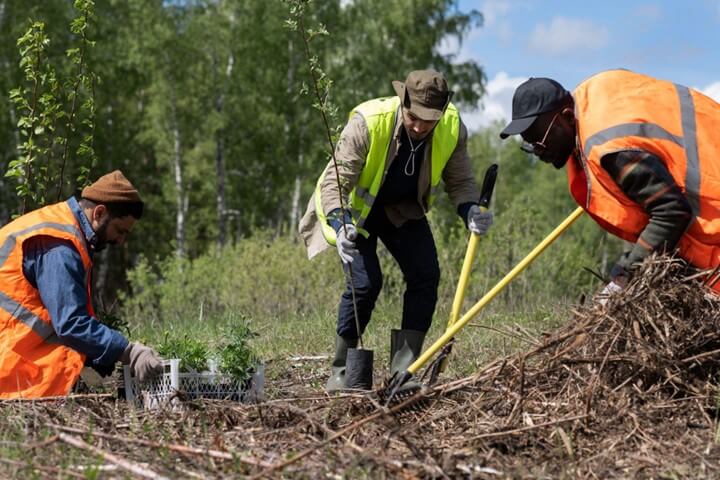
Need Help from Landscape Professionals?
Hiring professionals, from determining the type of mulch best for you to the installation, must be considered. They understand everything you’ll need and have the right equipment to provide seamless service.
For these and more, Environmental Designs is your best bet. Our team of professionals is always ready to assist you. Contact us for a free quote. We are ready to serve you in our main Brighton offices or Northern Colorado and Castle Rock offices.
FAQs
Is mulch just wood chips?
Mulch is classified into two types: organic and inorganic. Wood chips are a common type of organic mulch, but they differ. Other organic products used in gardening and landscaping include shredded leaves, straw, and grass clippings. Because each type of mulch has distinct properties and benefits, selecting the appropriate type for your specific requirements is critical.
Which type of mulch is best?
According to experts, there is no single “best” type of mulch as it depends on various factors such as climate, soil type, plant species, and personal preferences.
Can I just put mulch over the weeds?
It is not advisable to put mulch over weeds. Mulching over existing weeds can have adverse effects, such as not preventing weed growth, creating a favorable environment for weed growth, and attracting pests and diseases that can harm plants.
Can mulch attract termites?
Yes, it can. This can cause significant damage to wooden structures. Termites are attracted to mulch because it provides a suitable environment to live and breed and a protective layer that can shield them from predators, sunlight, and extreme temperatures.
To prevent termite infestations, it is recommended to use termite-resistant mulch, which contains natural oils that deter termites, and to place mulch at least six inches away from the foundation and no more than three inches deep.
Do wood chips attract rodents?
Rodents are attracted to areas with readily available food, water, and shelter sources, such as wood chips. To reduce the likelihood of rodents being attracted to wood chips, it is important to manage them properly, such as regularly removing any decaying wood chips or debris, ensuring they are not in contact with moist soil, and limiting the amount of water used.



